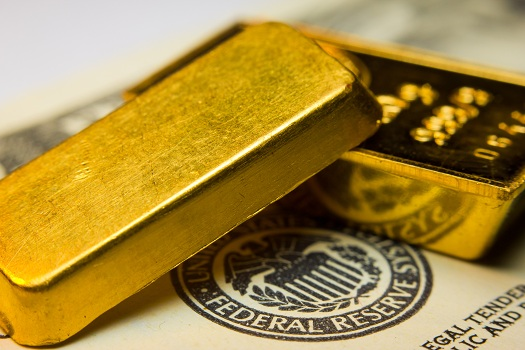How Is Standard Bullion Defined?
“Bullion” is a broad term that refers to precious metals like gold and silver in any solid form. Most types of bullion have value to some extent, but there are more standard or commonly accepted forms of solid precious metals that buyers and investors tend to prefer. We run through these below and discuss one other way “standard bullion” may be defined. If they’re interested in buying items such as gold, platinum, or silver bars, Scottsdale precious metals collectors might be interested in the following explanation of what is considered standard bullion.
In Physical Form, “Standard Bullion” Is Often Bars or Rounds
There are three common physical forms of bullion: bars, coins, and rounds. All of these can be technically considered “standard” in the sense that buyers easily recognize and often accept bullion in any of these forms. That said, bars and rounds tend to trade closer to the spot or current market price than bullion in other forms, which is why it’s more common for bars and rounds to be considered “standard.”
Bars
With gold, the common way to present it in most major markets is as bars. These bars are available in varying sizes and typically include markings indicating weight and purity. Most governments that store gold do so in bar form. For example, the United States Bullion Depository in Fort Knox houses nearly 150 million ounces of gold in bar form, according to the official website of the U.S. Mint. Also, bullion bars have a standard rectangular shape and no additional or unnecessary adornments. While collectors sometimes appreciate such “extras,” investors typically prefer a cleaner or more basic form of bullion.
Additionally, it’s generally fairly easy to buy or sell bullion in bar form, which may include gold, silver, or platinum bars. What’s more, many other precious metals are becoming increasingly available in bar form. For instance, investors today can also purchase palladium, rhodium, or even copper bars of bullion. Whether we’re talking about gold, silver, platinum, or any other commonly sought-after precious metal, bars are often preferred for the following reasons:
• There are typically stricter requirements with markings
• It’s often easier to confirm purity
• Standards for officially minted bars are generally accepted worldwide
• It’s often easier and more convenient to store bullion in bar form
Rounds
Rounds are coin-shaped forms of bullion. Rounds are generally considered “standard” as well in many instances, since they’re typically accepted as currency and minted by trusted sources. The main drawback is that selection is somewhat limited. Rounds are usually gold or silver, and other rounds are more likely to contain semiprecious metals like copper.
“Standard Bullion” May Also Refer to How It’s Minted
Some precious metals buyers, sellers, traders, and investors define “standard bullion” based on how it’s minted. Bullion is produced by government mints, private mints, or refiners, and it’s usually manufactured through a pressing process so it can be properly marked. If going by the minting process, government-minted bullion is sometimes considered “standard,” since the value is backed by a sovereign government.
Whether they’re looking for expert advice on precious metals or they want to buy gold, Scottsdale residents should work with trustworthy precious metal dealers who offer high-quality service and have years of experience. Call on the industry-leading professionals at First National Bullion when you’re ready to invest in precious metals, including gold, silver, platinum, and palladium. Give us a call today at (480) 546-5089.
The statements made in this blog are opinions, and past performance is not indicative of future returns. Precious metals, like all investments, carry risk. Precious metals and coins may appreciate, depreciate, or stay the same in cash value depending on a variety of factors. First National Bullion does not guarantee, and its website and employees make no representation, that any metals for sale will appreciate sufficiently to earn the customers a profit. The decision to buy, sell, or borrow precious metals and which precious metals to purchase, borrow, or sell are made at the customer’s sole discretion.


